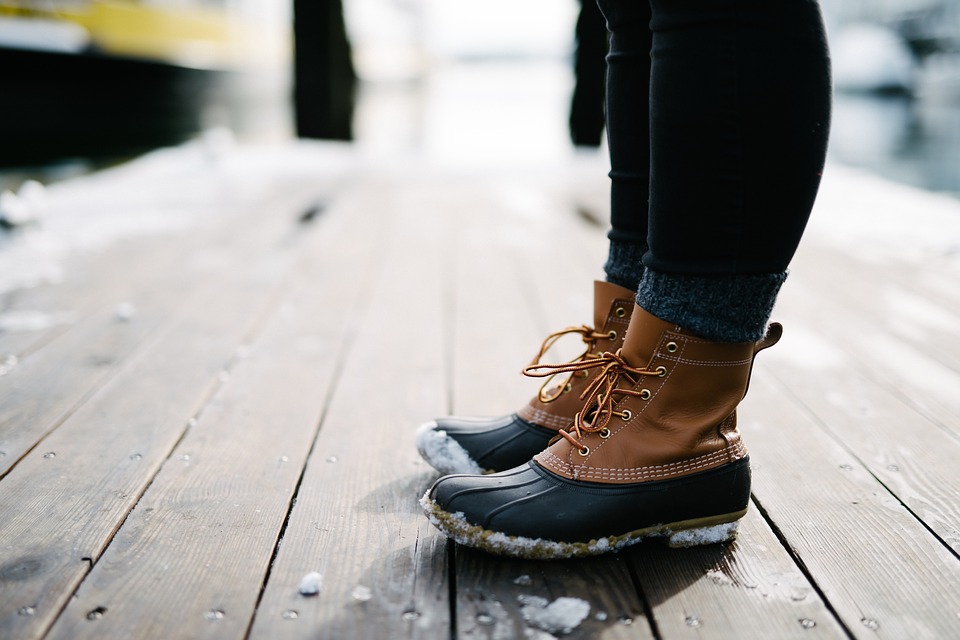Sweaty feet, or plantar hyperhidrosis, is a condition that affects millions of people. In this condition, patients experience excessive feet sweating from a variety of reasons. Plantar hyperhidrosis refers to excessive sweating on the bottom of the feet, although hyperhidrosis has other manifestations on other body parts as well.
During the winter, while we’re constantly wearing shoes and socks, many people who don’t usually suffer from excessive foot sweat may find themselves with this issue.
Plantar hyperhidrosis is in itself not often a large issue unless it starts to interfere with your daily activities or progress into other conditions. Because of the excess moisture and bacteria, it can lead to or exacerbate athlete’s foot, plantar warts, food odor, itchy feet, toenail fungus, clamminess, and other skin conditions. It’s important to take action to prevent or treat sweaty feet before it progresses into more serious conditions.
What Causes Sweaty Feet?
A pair of feet has 250 000 sweat glands. Our feet are constantly sweating and bacteria are always present. Usually, this sweat evaporates quickly, but for some people or in some conditions, the sweat can get trapped within the glands and is unable to evaporate.
There are a variety of causes of sweaty feet. The condition can be due to heredity, stress, exercise, too many toxins in the body, or a lack of exercise. Wearing socks or shoes for too long that don’t allow breathability, as we often do in the winter, also lead to sweat and moisture being unable to evaporate.
Treatment for Sweaty Feet
There are a variety of treatments for sweaty feet that are simple to do on a daily basis which will prevent the condition from progressing into something worse.
Changing footwear and socks regularly is the best option. Change your socks at least once per day, especially after sweating. Don’t wear the same shoes two days in a row to ensure any sweat has sufficiently dried out and make sure to wash your shoes regularly. Another simple method is to use foot powders and ensure your feet are thoroughly dried before putting socks on.
In more severe cases of plantar hyperhidrosis, topical medications like antiperspirant may be used to curb the sweating. Botox is also an option, although it is not a permanent solution and is only used in extreme cases.
Socks and Shoes for Sweaty Feet
The best course of action against plantar hyperhidrosis is wearing proper socks and shoes. This is particularly important during the winter when socks and boots are worn daily, often for an entire day.
The best socks for sweaty feet are made of a cotton blend, wool, or acrylic fiber blends. 100% cotton socks should be avoided, as this material absorbs moisture but doesn’t wick it away – same with nylon socks. Synthetic socks are the best option, as there are many types of synthetic socks that work to absorb moisture and wick it away.
In terms of shoes for sweaty feet, avoiding nylon and rubber shoes is absolutely key. Rubber or plastic shoes or boots do not allow your feet to breathe and do not allow sweat to evaporate. Leather shoes or boots are the best option to allow moisture to evaporate. There are also shoe inserts available that work to absorb more moisture than just socks which can be used in almost any type of boot or shoe.
If you’re having problems with excessively sweating feet, contact Collective Foot and Wellness Clinic for suggestions about how to improve this condition before it progresses into more severe conditions.
